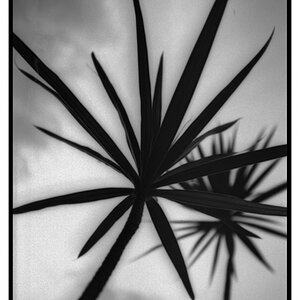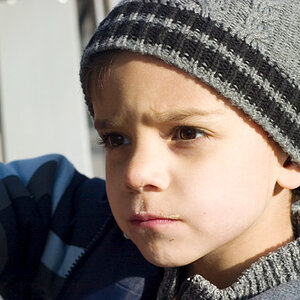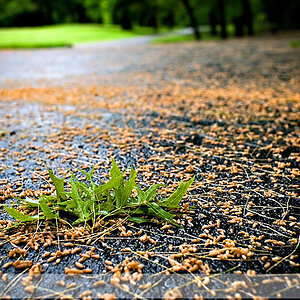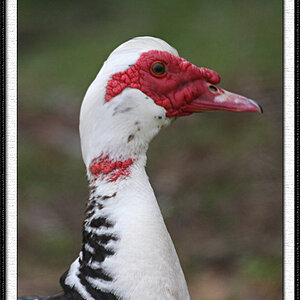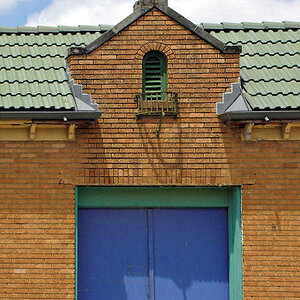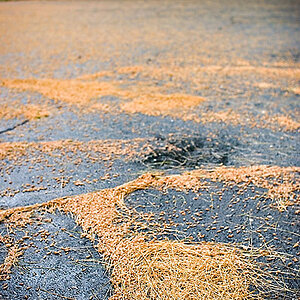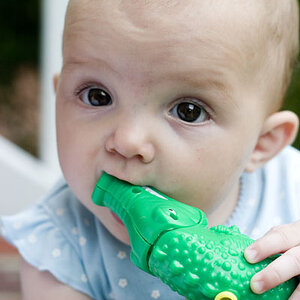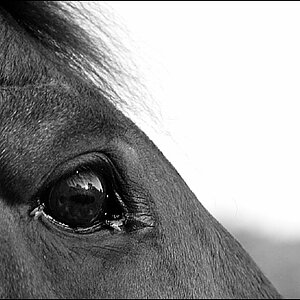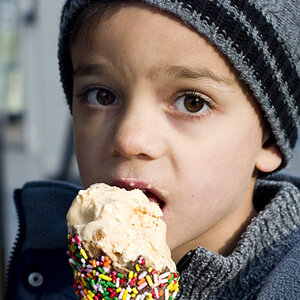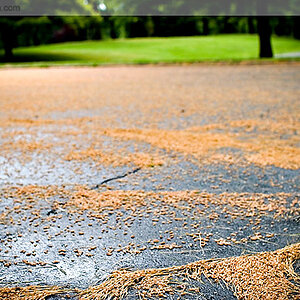Cooler_King
TPF Noob!
- Joined
- Dec 23, 2009
- Messages
- 118
- Reaction score
- 0
- Location
- Corby, UK
- Website
- www.books52.blogspot.com
- Can others edit my Photos
- Photos OK to edit
OK this is quite an in depth thread (just to warn you) but I really appreciate any help. 
Today I took a hike to Porta Westfalica ridgeline to use my Oly E500 for the first real session. To encourage the most constructive feedback I have tried to include as much info as possible.
I used the cameras automatic settings (auto, portrait, landscape etc) most of the time and made small amateur adjustments such as changing the ISO or zooming in tighter etc.
I shot in RAW and JPEG. The 6 images here are in JPEG Super HQ unprocessed. I took 57 in total and these are not the best, these are just the ones that illustrate my questions.
Time: 1500-1630
Equipment: Standard lens, Jessops Polariser, Lens Hood
Weather: Clear, occasional wispy cloud cover
Light: The sun was approx 1 hour from setting and everything had a soft, almost orange, light.
Question 1
Photo 1 is without a lens hood and Photo 2 is with a lens hood. Why is there such a contrast in colour? How do I marry the deep sky of 2 with autumn colours of 1?
1. F 5.3, 40mm, ISO 100, 1/60s

2. F 5.3, 40mm, ISO 125, 1/80s

Question 2
The light falling onto the monument was much brighter than the photos depict. How do I reduce the deep shadows without pp. Those shadows were not present in the frame of the shot.
3. F 5.6, 17mm, ISO 100, 1/80s

4. F 5.4, 42mm, ISO 100, 1/80s

Question 3
There was a definite purple in the spectrum of the sunset. Why has it not appeared on my image?
5.

6.

That's all. Thank you for taking the time to view my thread.
I have the images in RAW and am open to any PP suggestions you may have.
Steve
Today I took a hike to Porta Westfalica ridgeline to use my Oly E500 for the first real session. To encourage the most constructive feedback I have tried to include as much info as possible.
I used the cameras automatic settings (auto, portrait, landscape etc) most of the time and made small amateur adjustments such as changing the ISO or zooming in tighter etc.
I shot in RAW and JPEG. The 6 images here are in JPEG Super HQ unprocessed. I took 57 in total and these are not the best, these are just the ones that illustrate my questions.
Time: 1500-1630
Equipment: Standard lens, Jessops Polariser, Lens Hood
Weather: Clear, occasional wispy cloud cover
Light: The sun was approx 1 hour from setting and everything had a soft, almost orange, light.
Question 1
Photo 1 is without a lens hood and Photo 2 is with a lens hood. Why is there such a contrast in colour? How do I marry the deep sky of 2 with autumn colours of 1?
1. F 5.3, 40mm, ISO 100, 1/60s

2. F 5.3, 40mm, ISO 125, 1/80s

Question 2
The light falling onto the monument was much brighter than the photos depict. How do I reduce the deep shadows without pp. Those shadows were not present in the frame of the shot.
3. F 5.6, 17mm, ISO 100, 1/80s

4. F 5.4, 42mm, ISO 100, 1/80s

Question 3
There was a definite purple in the spectrum of the sunset. Why has it not appeared on my image?
5.

6.

That's all. Thank you for taking the time to view my thread.
I have the images in RAW and am open to any PP suggestions you may have.
Steve


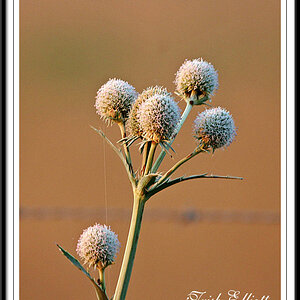
![[No title]](/data/xfmg/thumbnail/35/35870-e324e80cd11d99176357e12cd2ba3b8a.jpg?1619737196)
